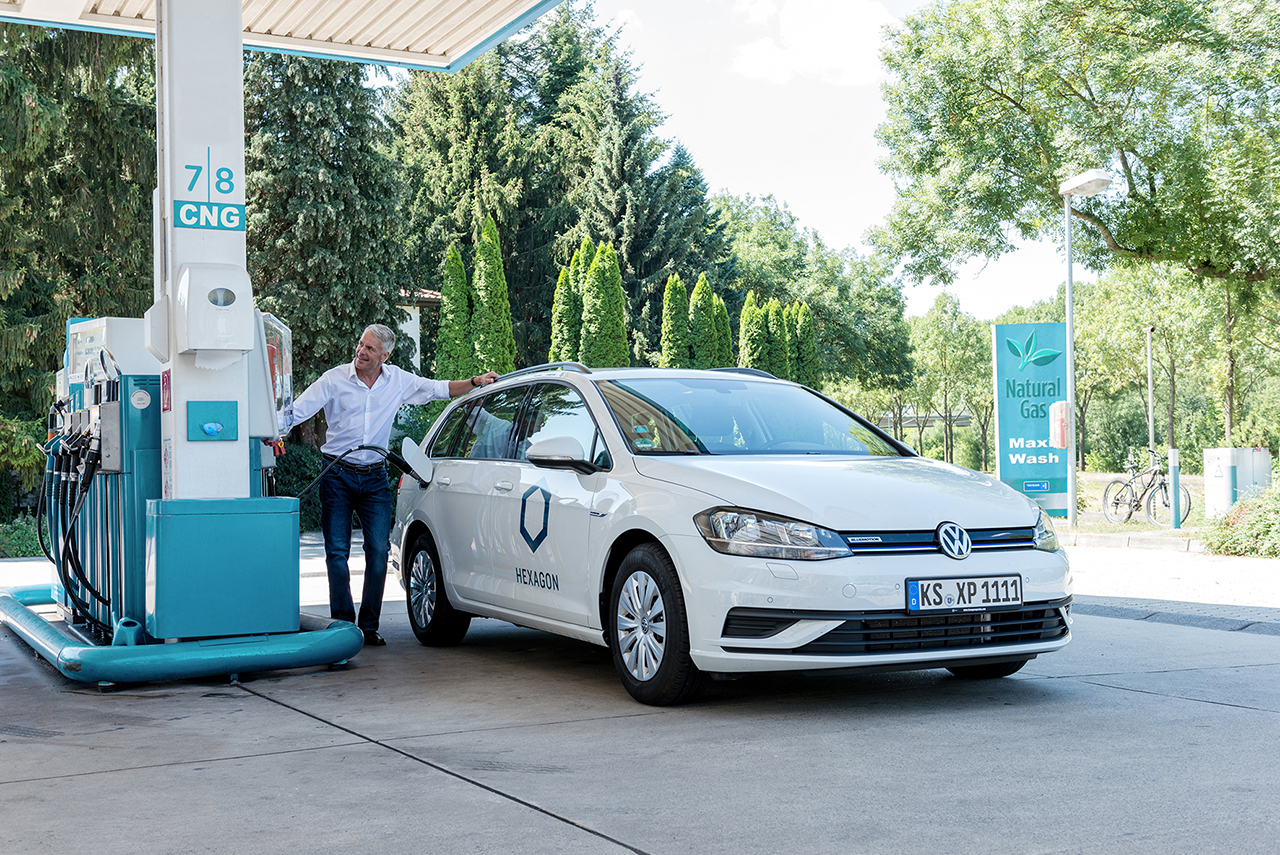BS-VI Transition Experience
In the second half of 2019 and early 2020, work was going on at a hectic pace and nobody seemed to have any time for anything else, and in the new year of 2020 I recall thinking this was something like the Y2K deadline that everybody was chasing two decades ago. Just two months before the date, the virus hit and threw everything out of gear and then with concerns on how the government would view the situation there was huge stress all around. But then this actually gave time for finishing pending work. The pressure reduced and by the time the markets opened up the transition seemed seamless even though it was not. We were working on new projects and those took a backseat for at least a year. All our plans had to be pushed back by a year. But then this gave us an opportunity because the industry settled down more easily and had ears to discuss new projects.

Challenges and Takeaways
I am sure that different companies and products had different challenges but rather than respond in the specific context of BS-VI, I would rather share a larger viewpoint about the real challenges. As the markets opened up, our challenge was essentially managing the global and local supply chains. The response of people in different parts of the world was different based on their own situation and so the biggest challenge was to talk business without coming across as insensitive.
We Norwegian companies in India got together and at the senior management level started having weekly web meetings to share experiences, challenges and solutions. And with people sitting across India and even some overseas, the learning was humungous. Right from handling the pandemic-related protocols at the workplace to navigating supply chains, state border restrictions, travel, including handling positive cases, we spoke and shared so much information that it actually reduced stress, gave us ideas to solve issues, etc. This was called ‘Samsnakka’ meaning ‘Talk Together’.
Opportunities
End of 2019 we jointly demonstrated a bus that could run 1,000 km on CNG, which was a first in the Indian automotive industry. Early 2020 we were awarded with the Automotive Component of the Year Award and just as the guests at the award function were talking of new solutions post the launch of BS-VI, the virus hit us. I am unsure if you can say that the BS-VI opened up an opportunity because any such decision will always create business opportunities. But what BS-VI has done coupled with rising petrol prices is that the focus on clean energy has gone up substantially. That the government in the 2021 Union Budget announced a hydrogen roadmap is proof of this. For us as a company, globally the demand for clean energy everywhere went up through the roof.

We have been busier in countries like the US. Major companies who use fleets have actively pushed clean energy options. In fact, as 2021 started our group hived off the hydrogen and electric segment of the automotive industry as a separately listed company called Hexagon Purus on the Oslo stock exchange and received overwhelming response. So in a way the virus and the requirement of BS-VI have fast forwarded the clean energy space and the industry is, in my opinion, responding well.
Current and Upcoming Financial Year For our strategic partner in India it was a unique experience as we both saw a zero sales month and the highest ever sales month. The fillip for clean energy is driving so many projects across the world and even in India that these would be major growth drivers for us. We as a group are uniquely positioned be it CNG, electric, LNG, hydrogen FC – we have technology for all and can assist our clients across the board in whatever they choose to pursue. In India I think the CNG industry would see substantial growth in the next two years and hydrogen could spur new technologies and investments in the coming years.